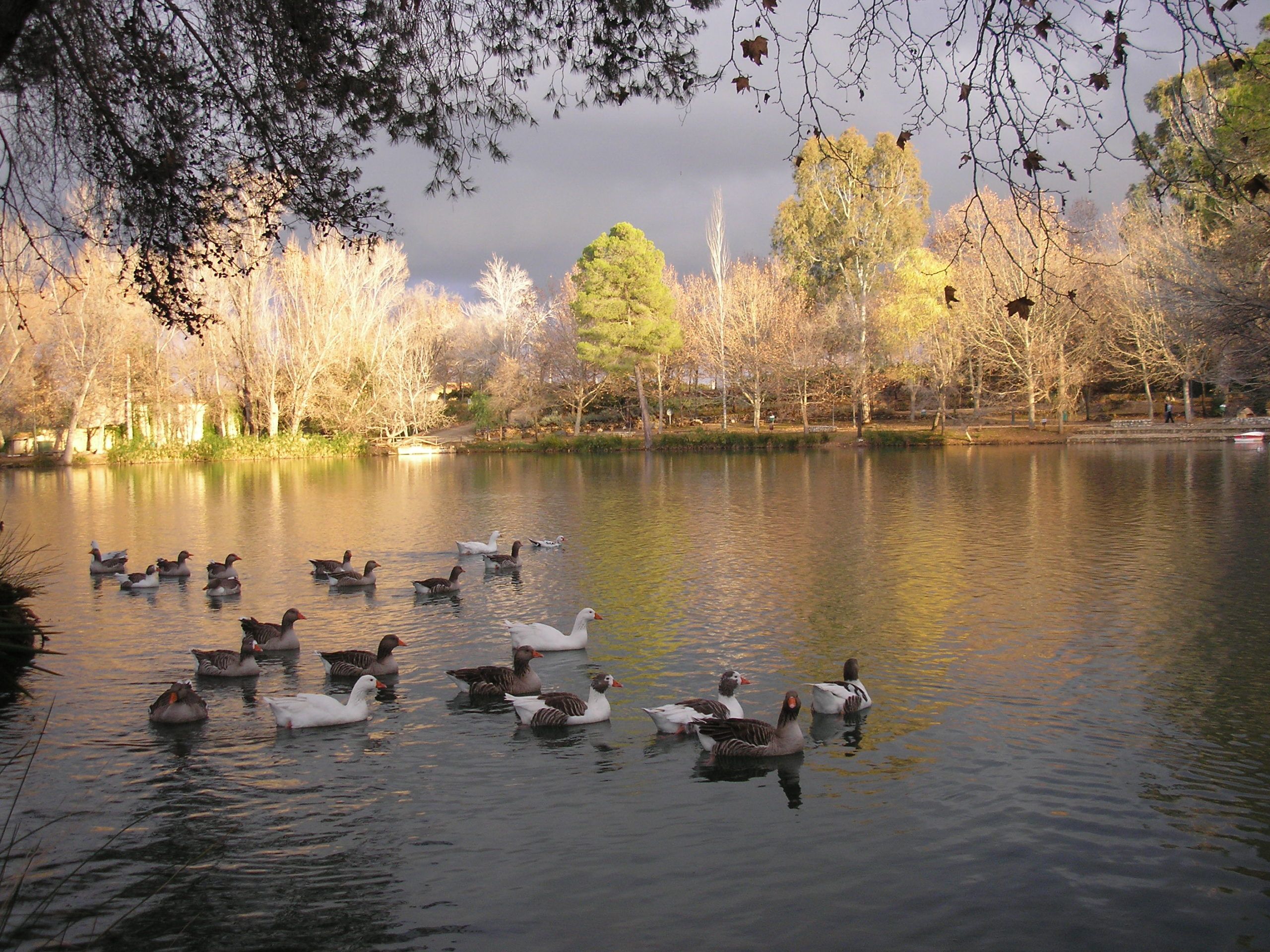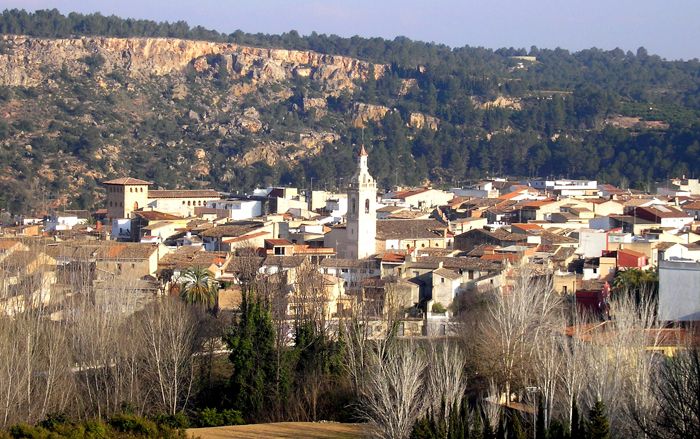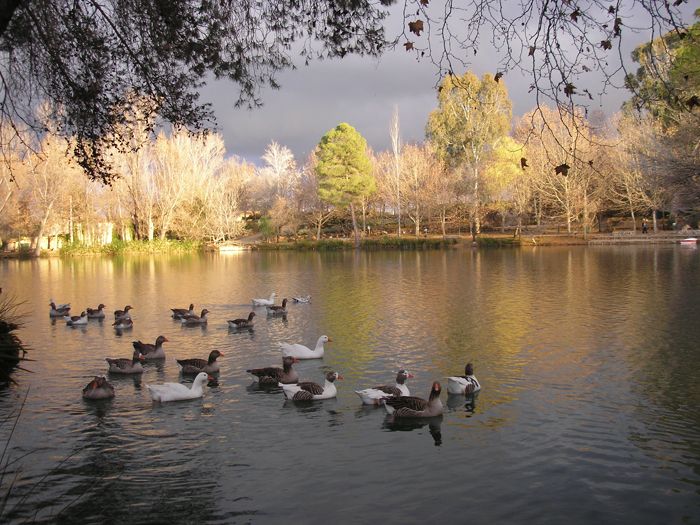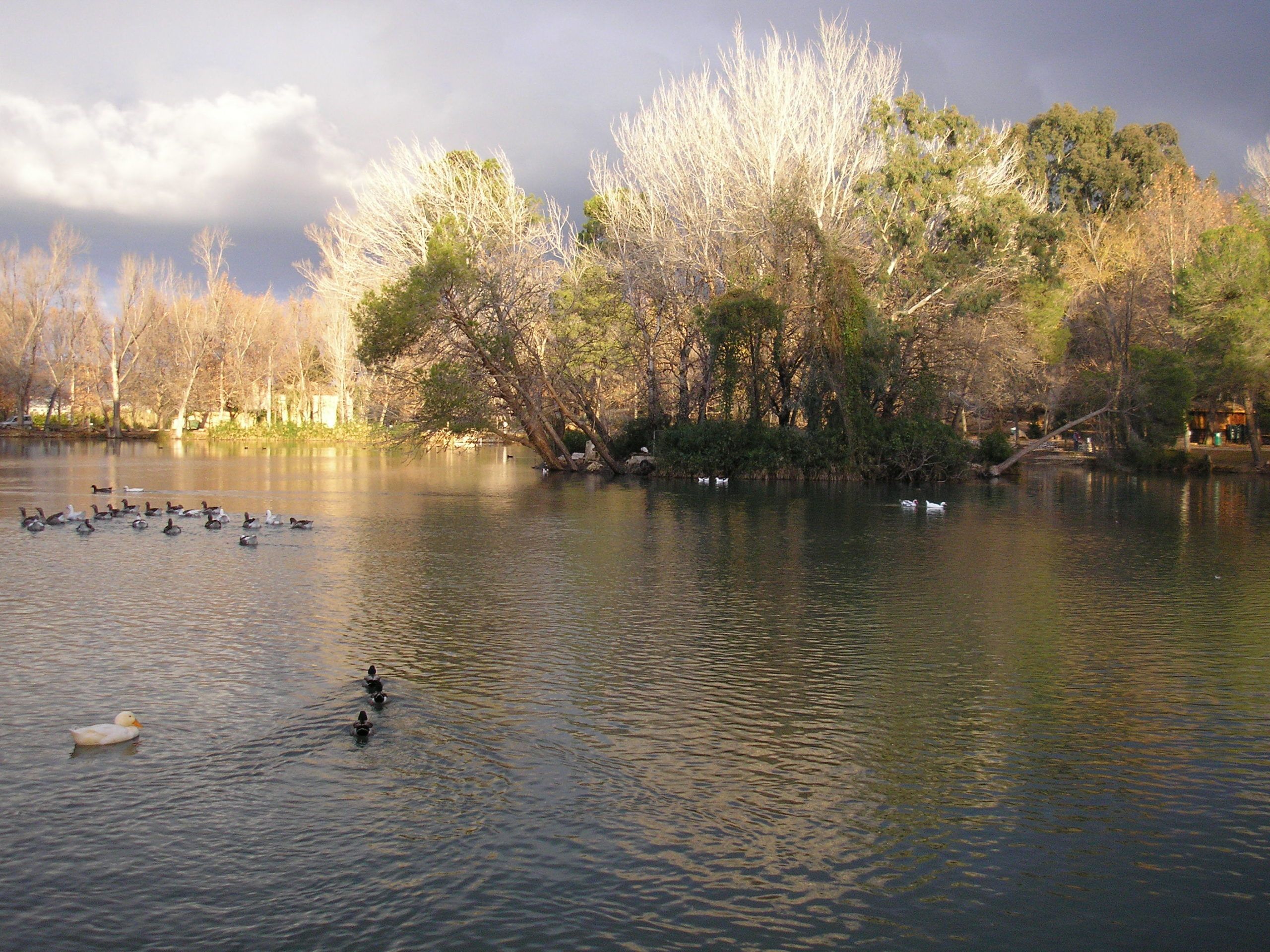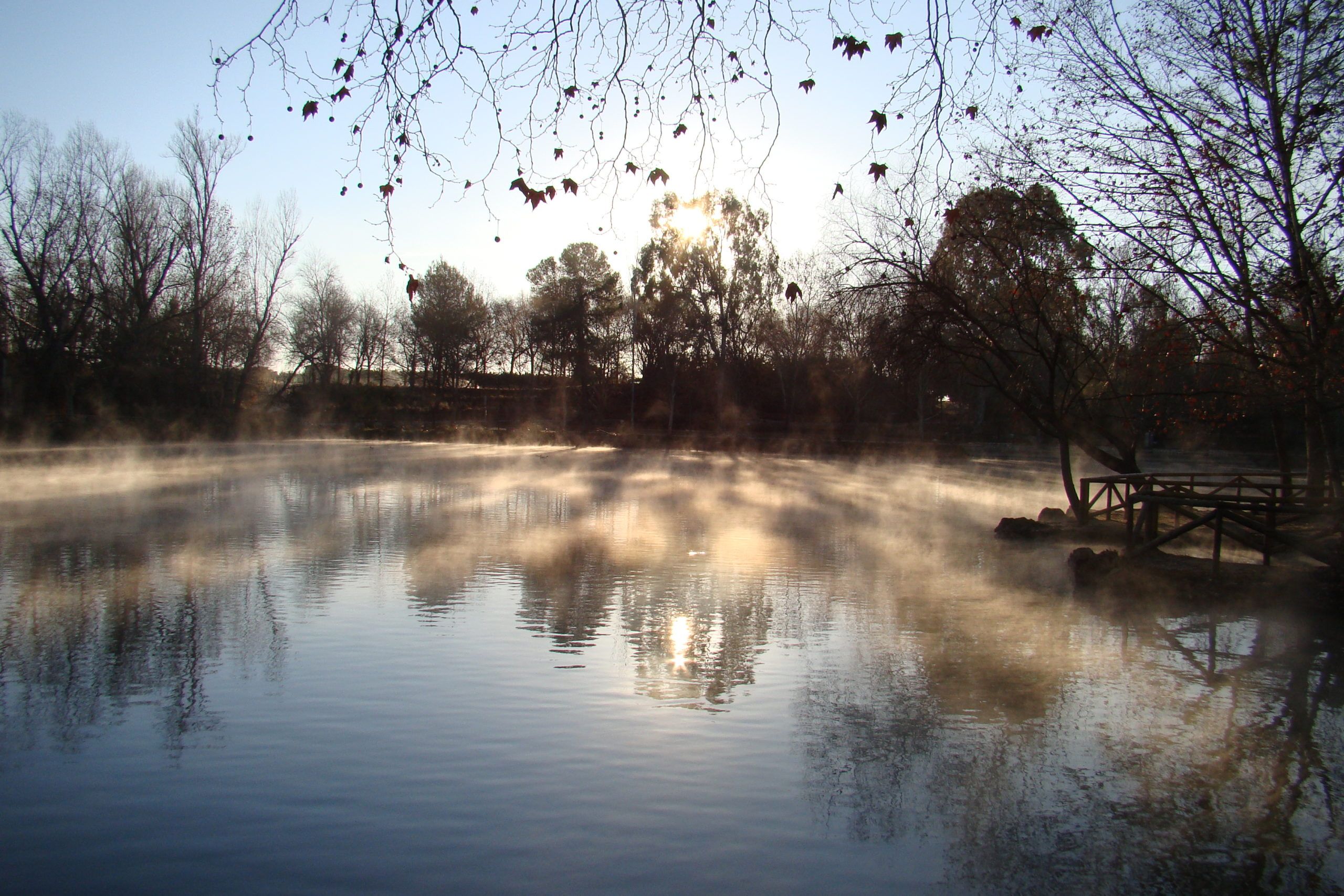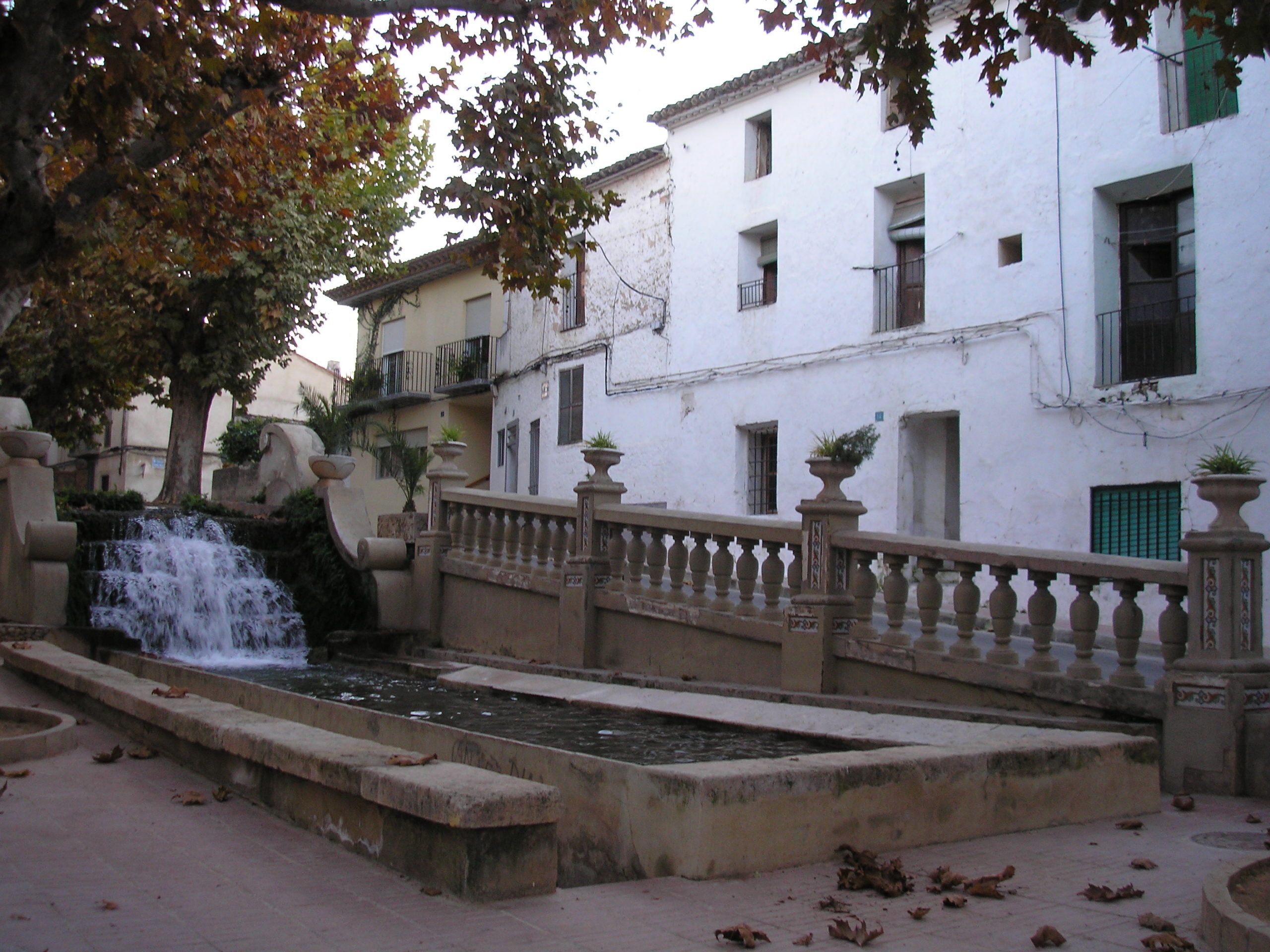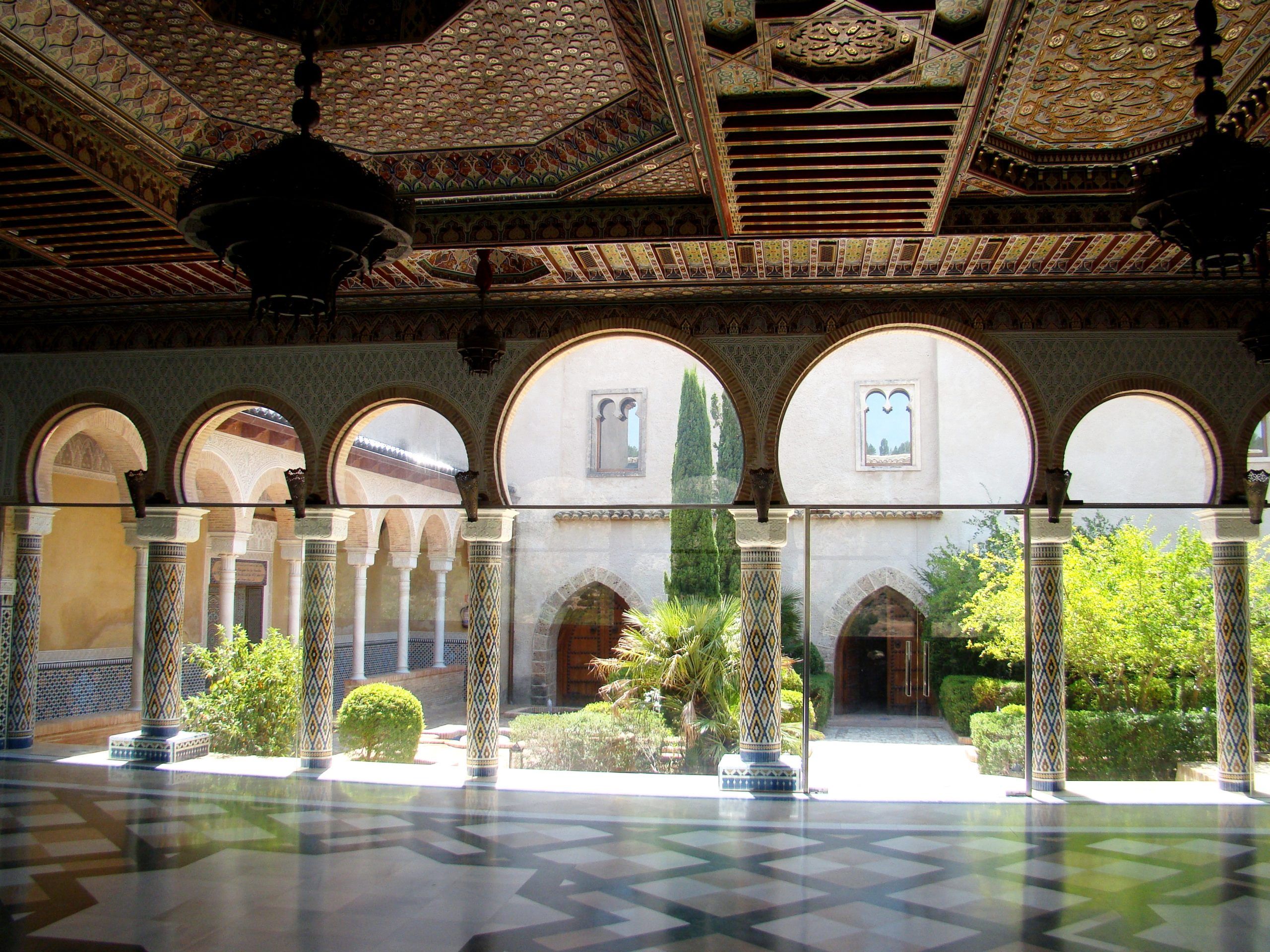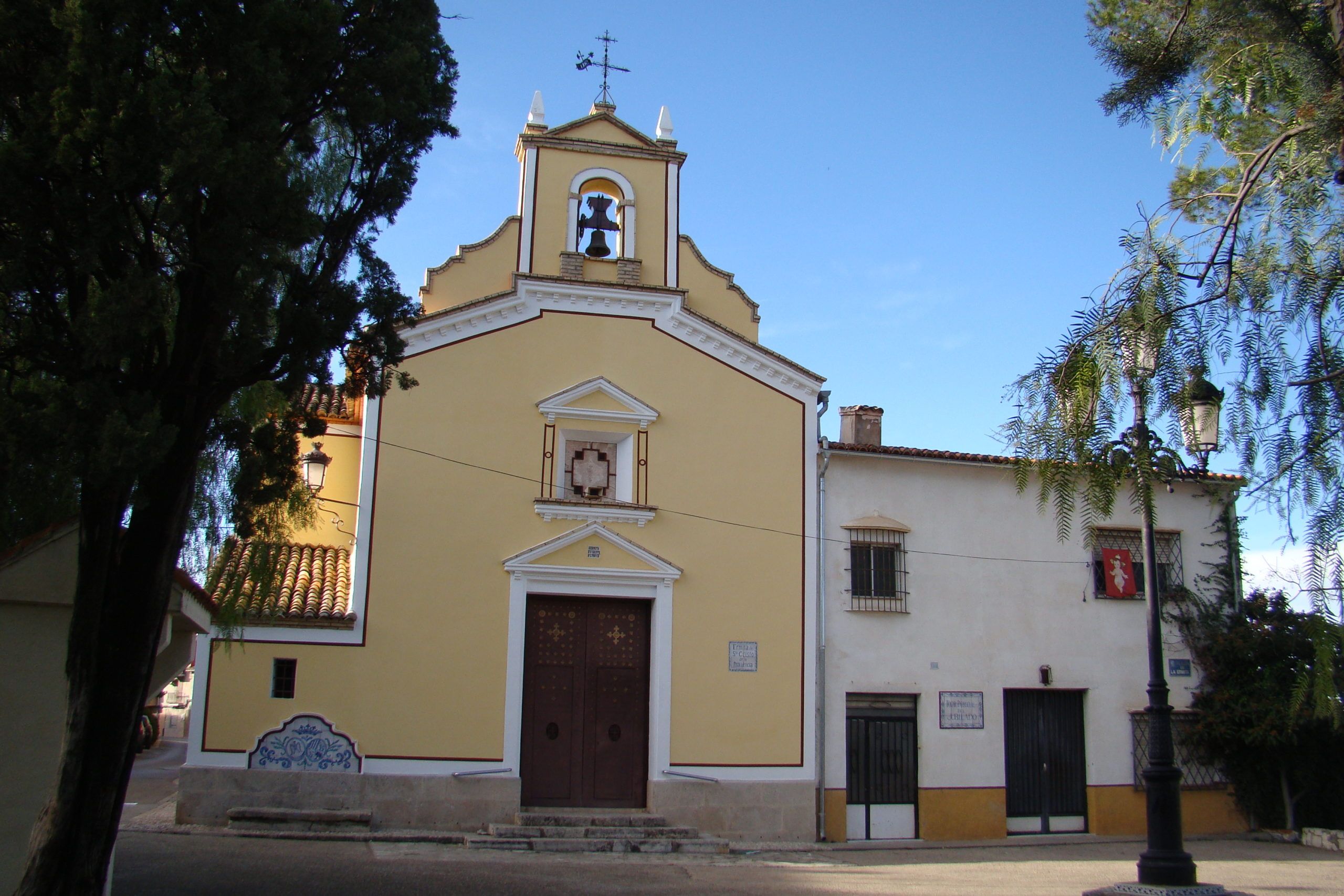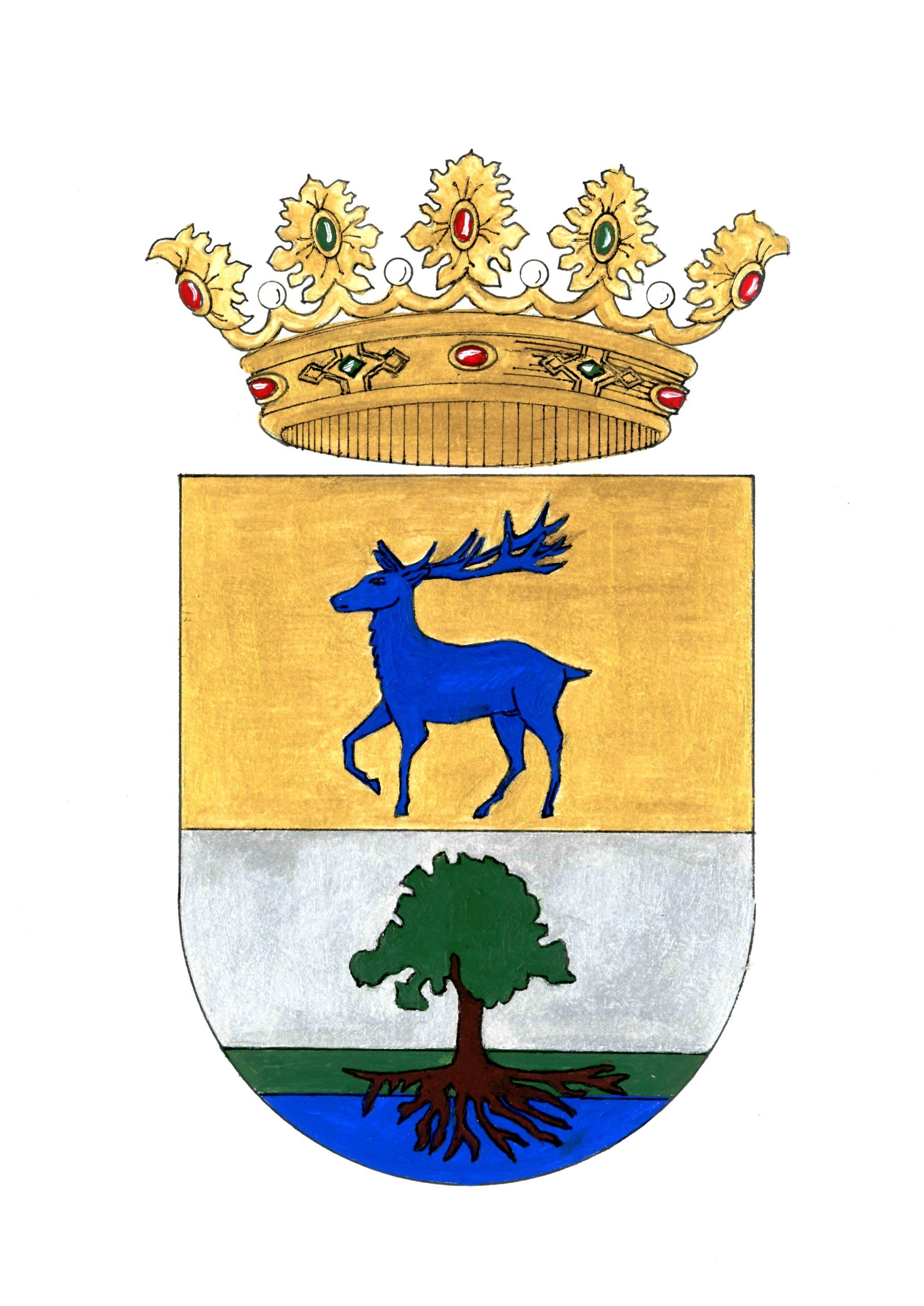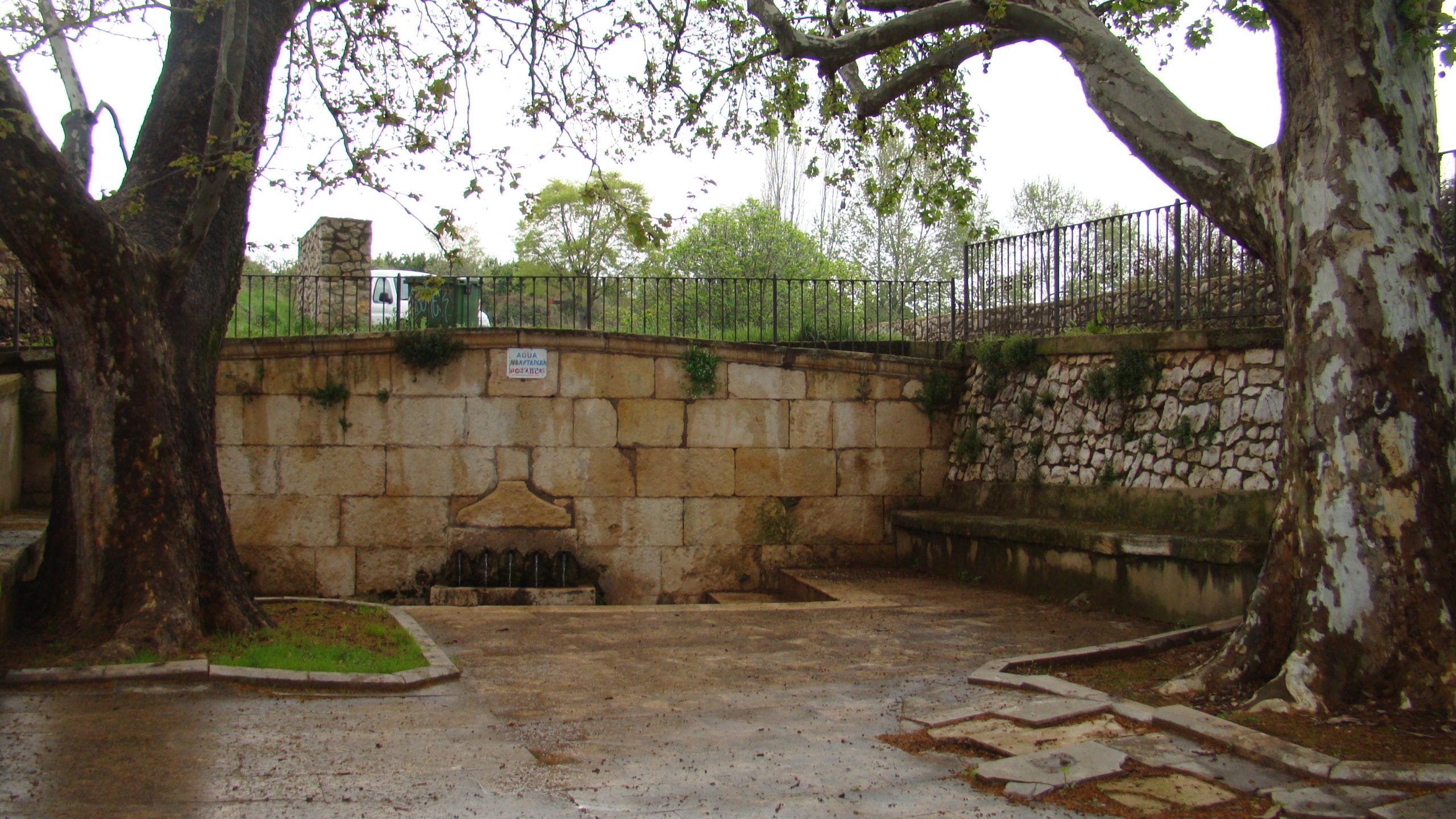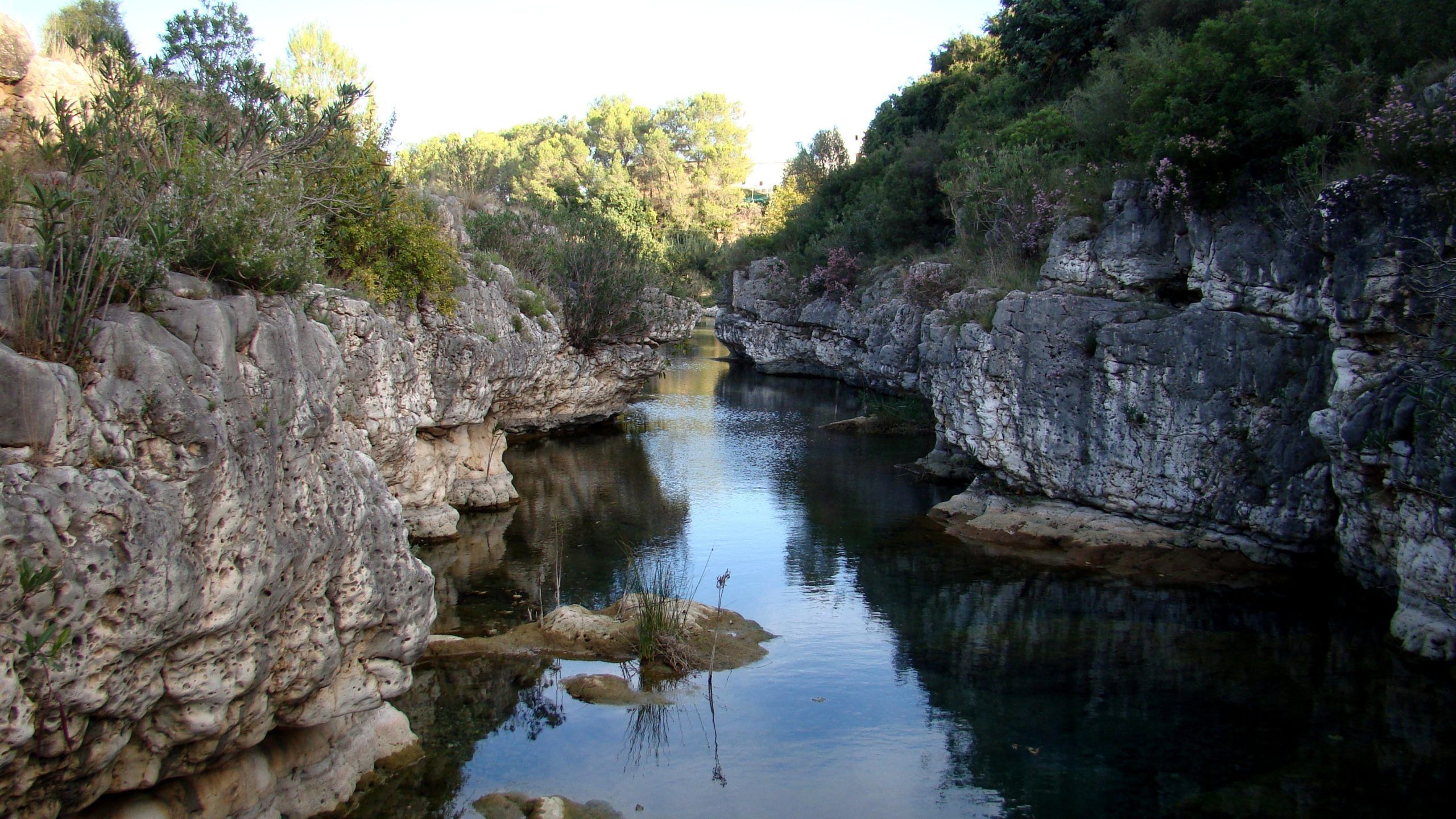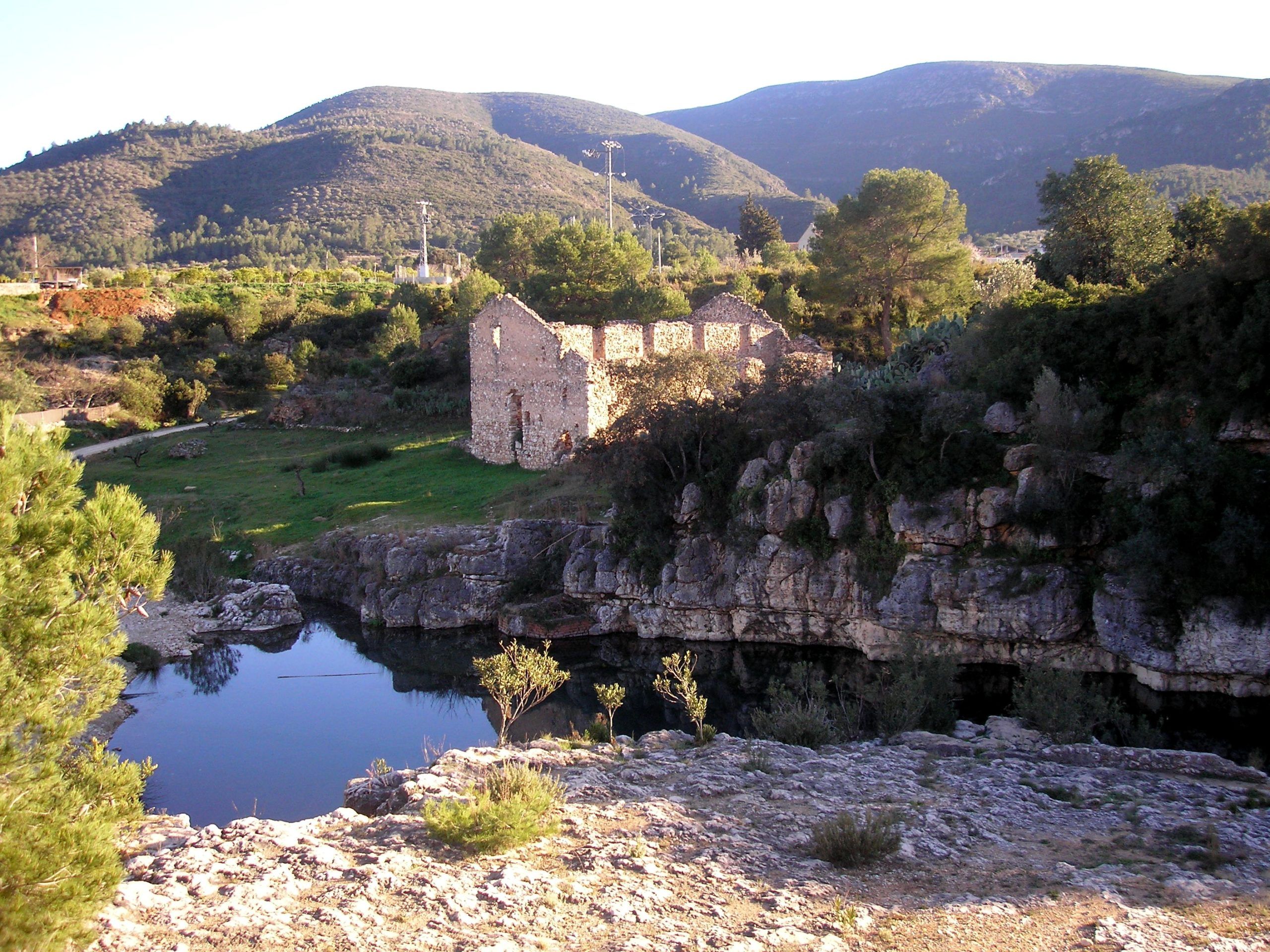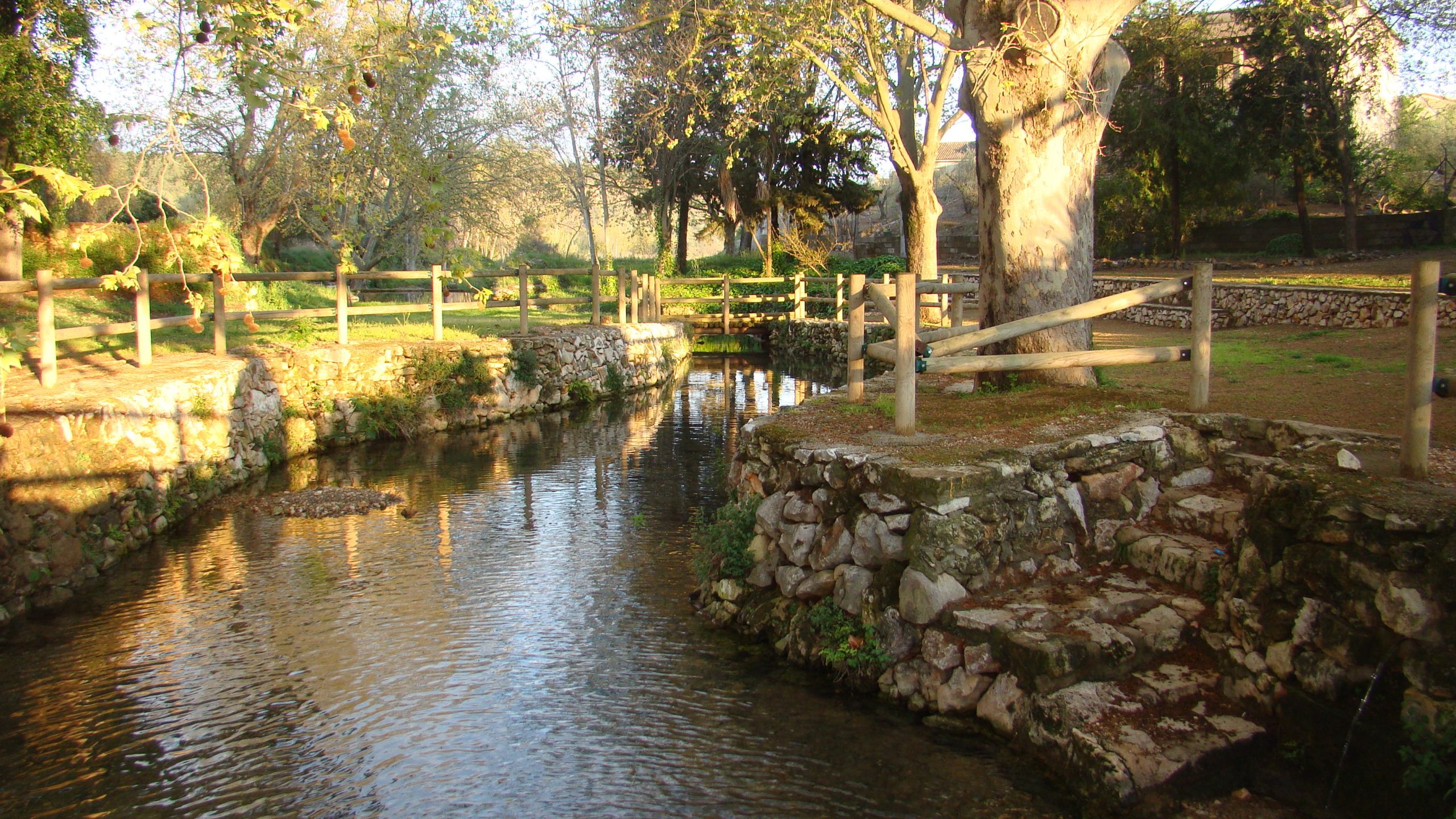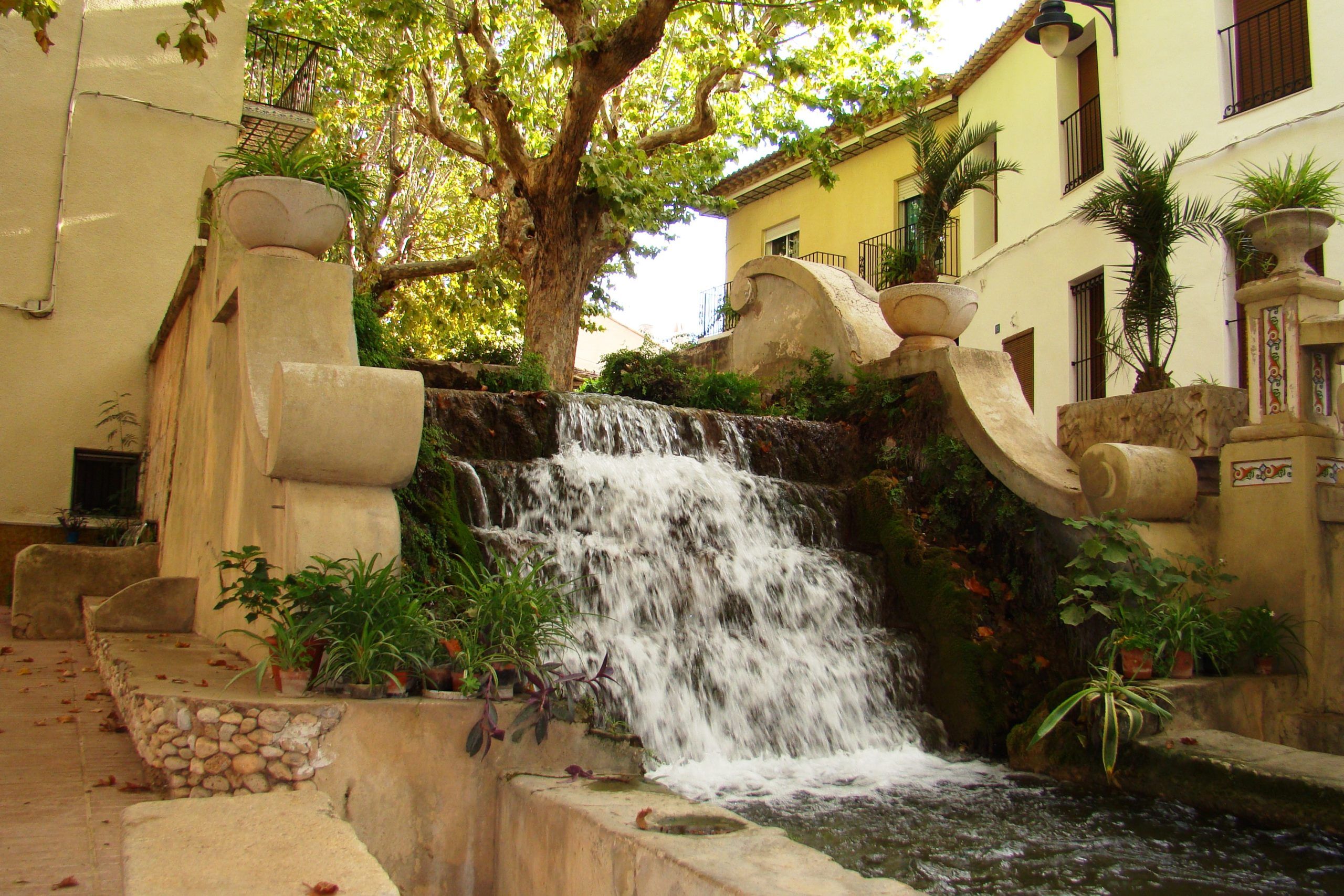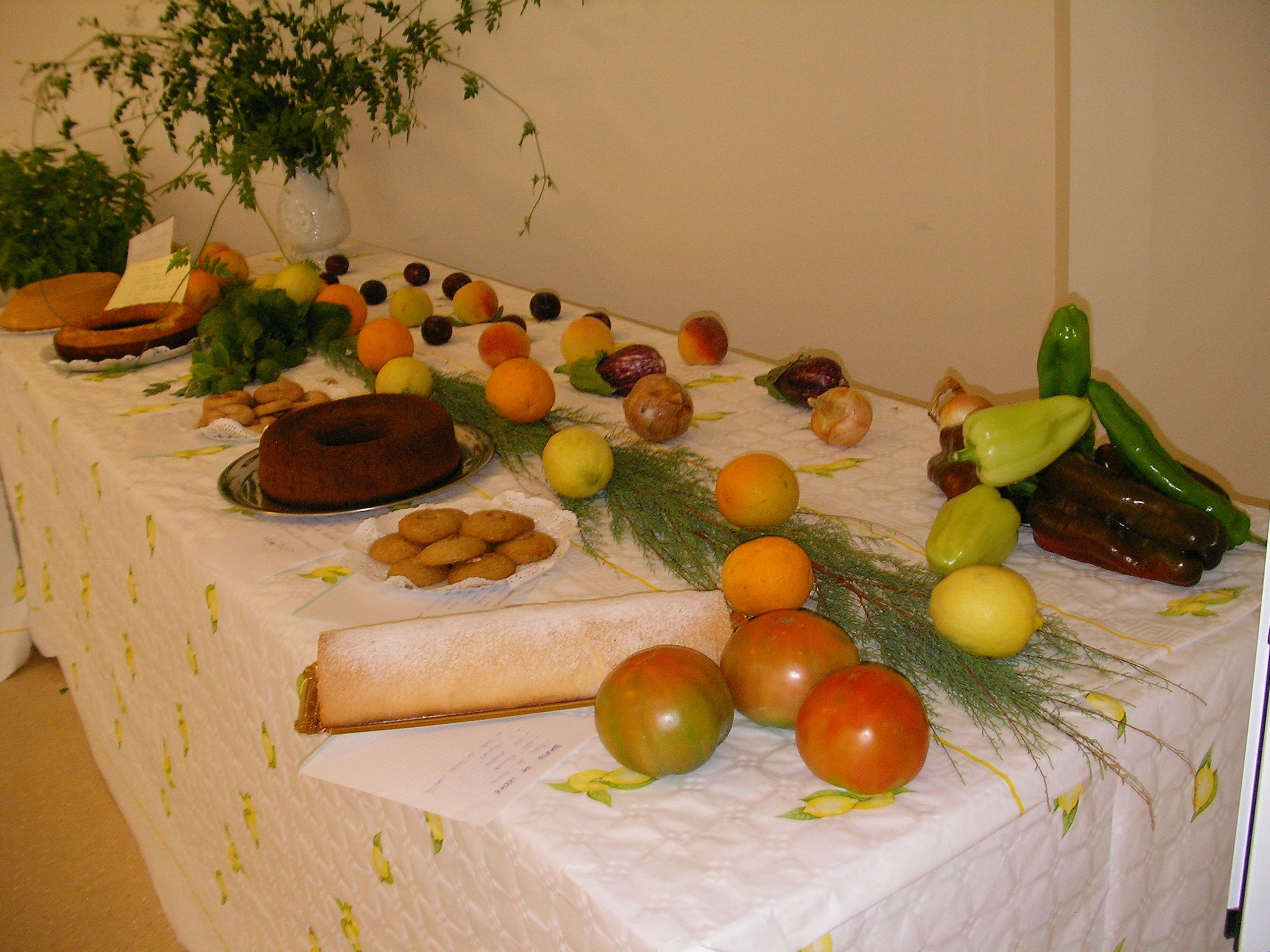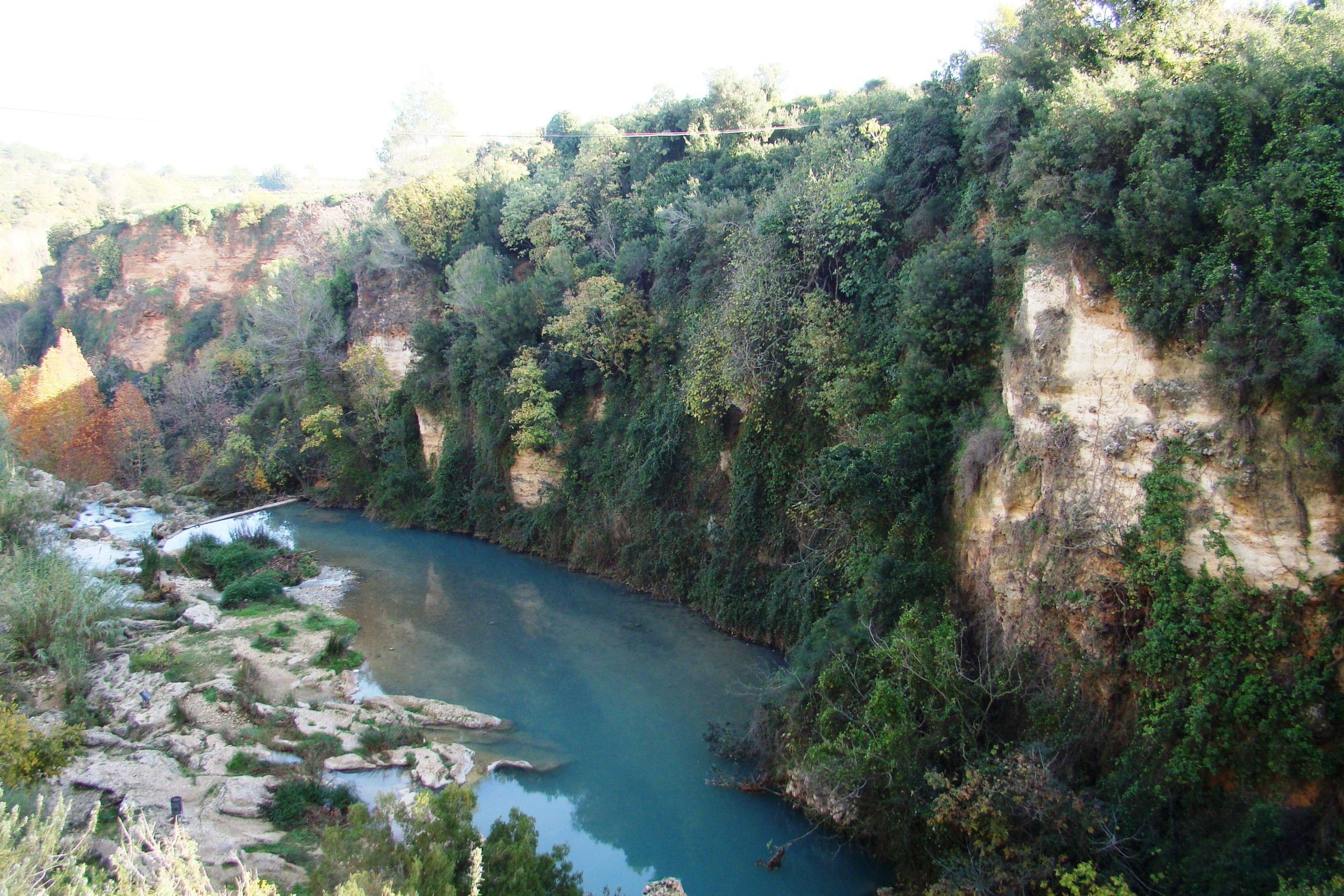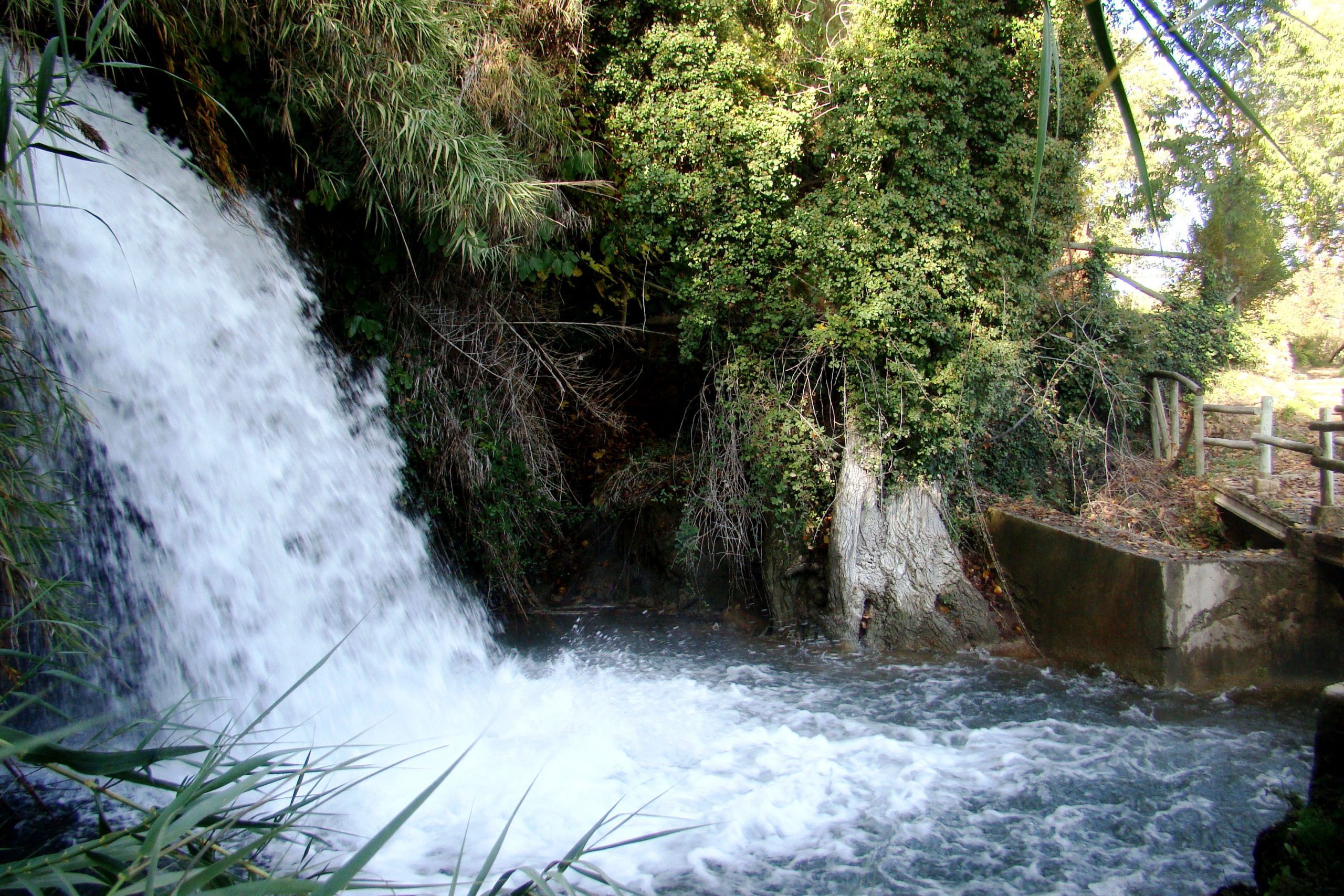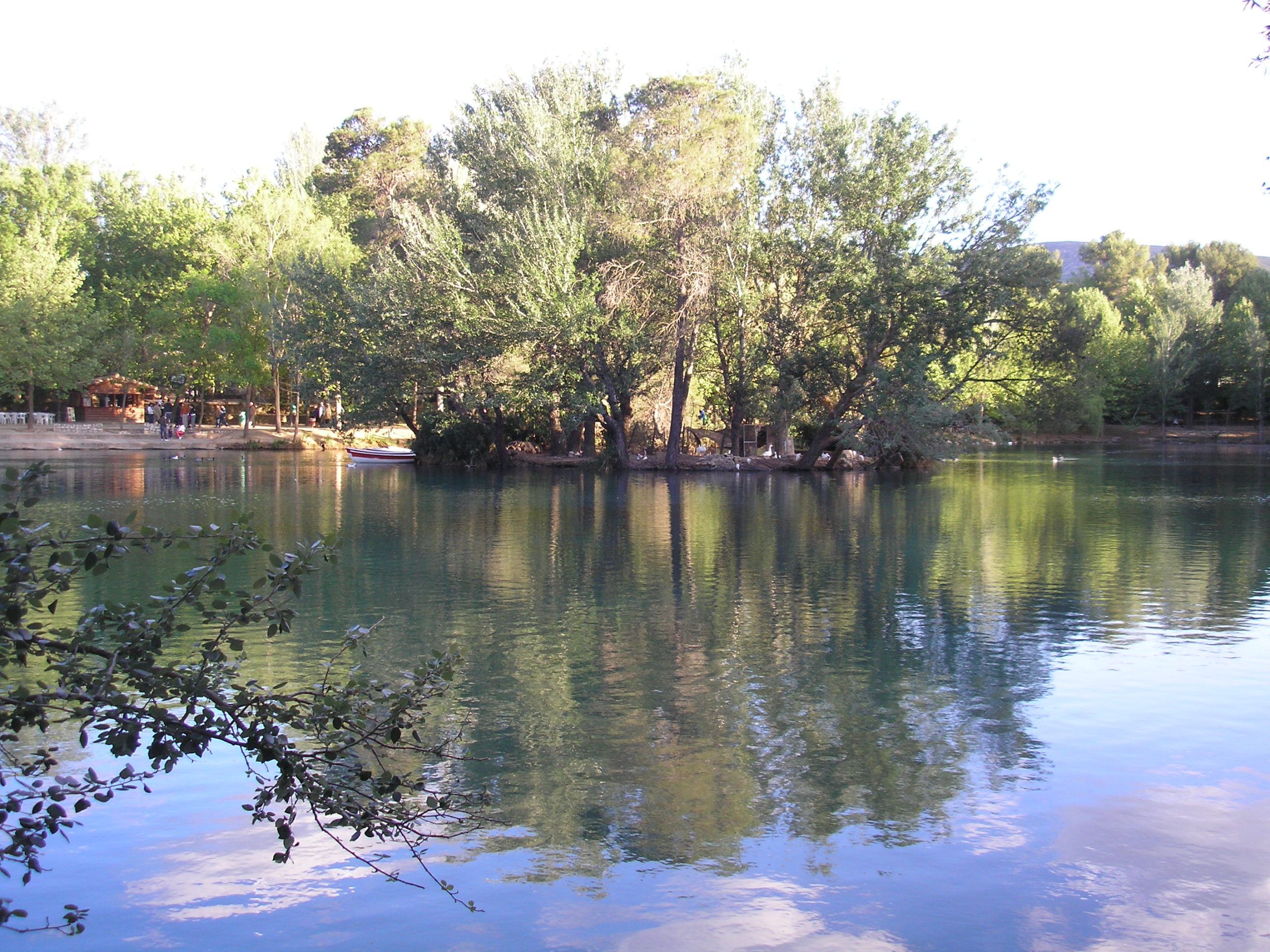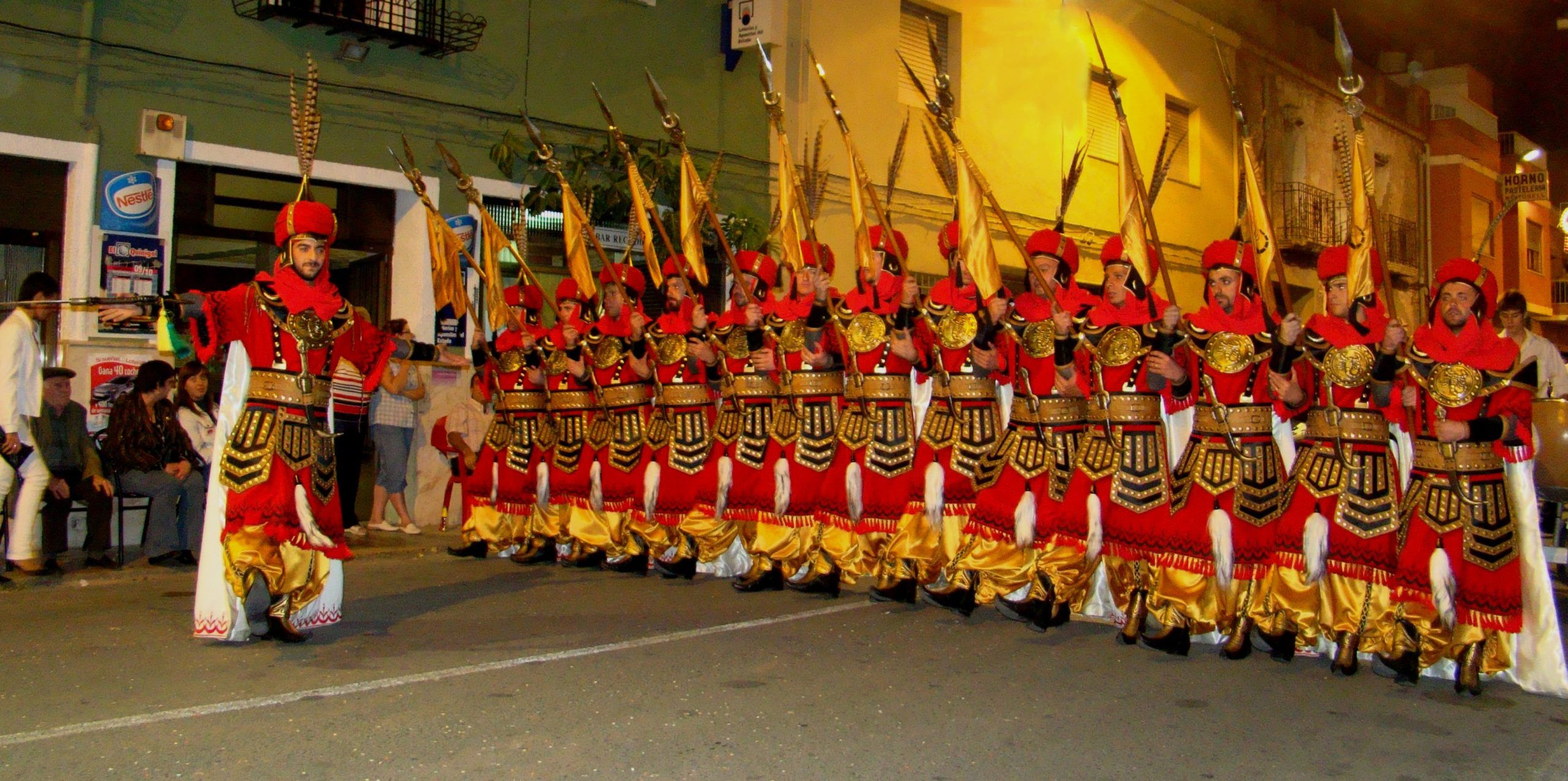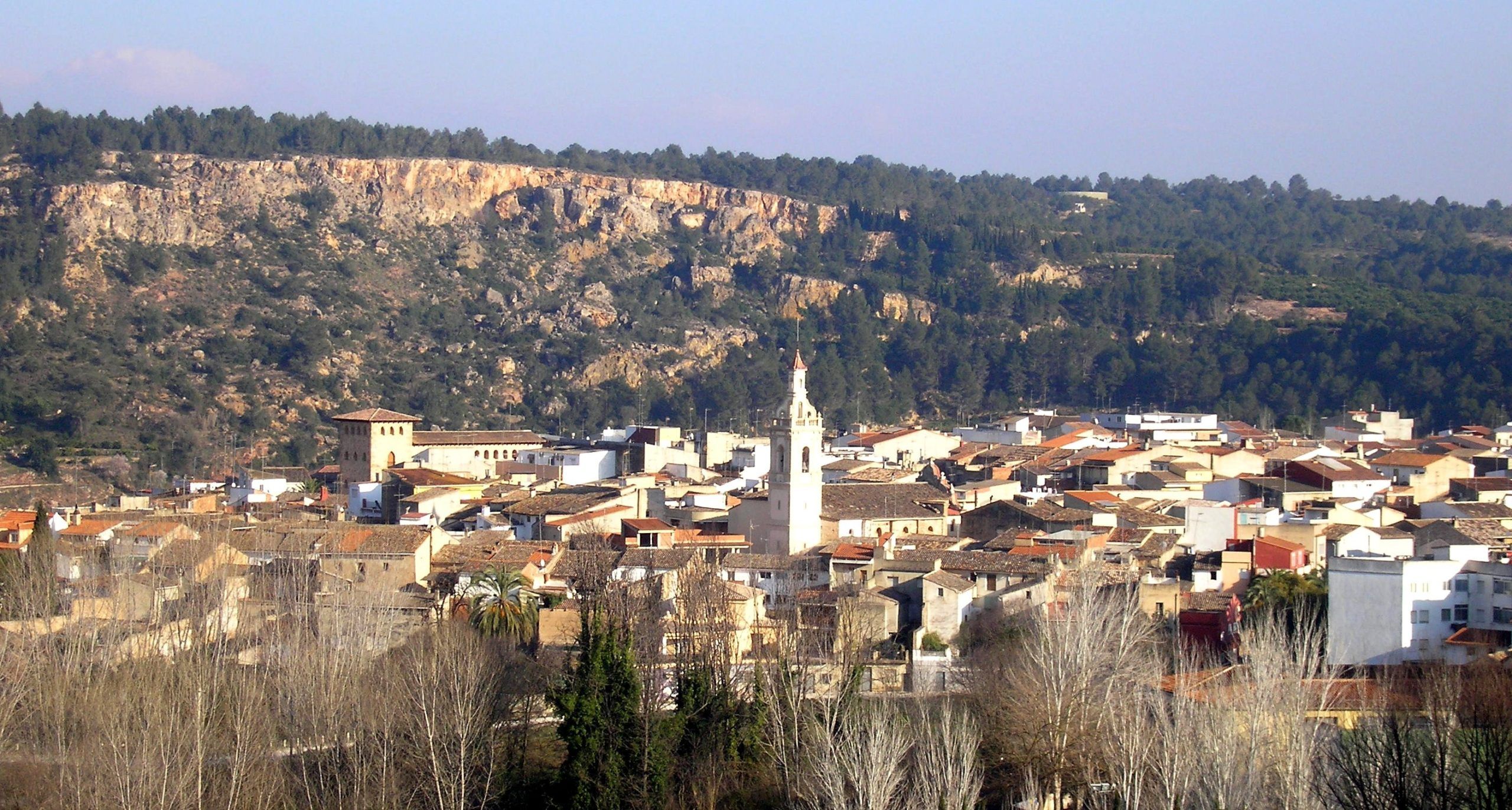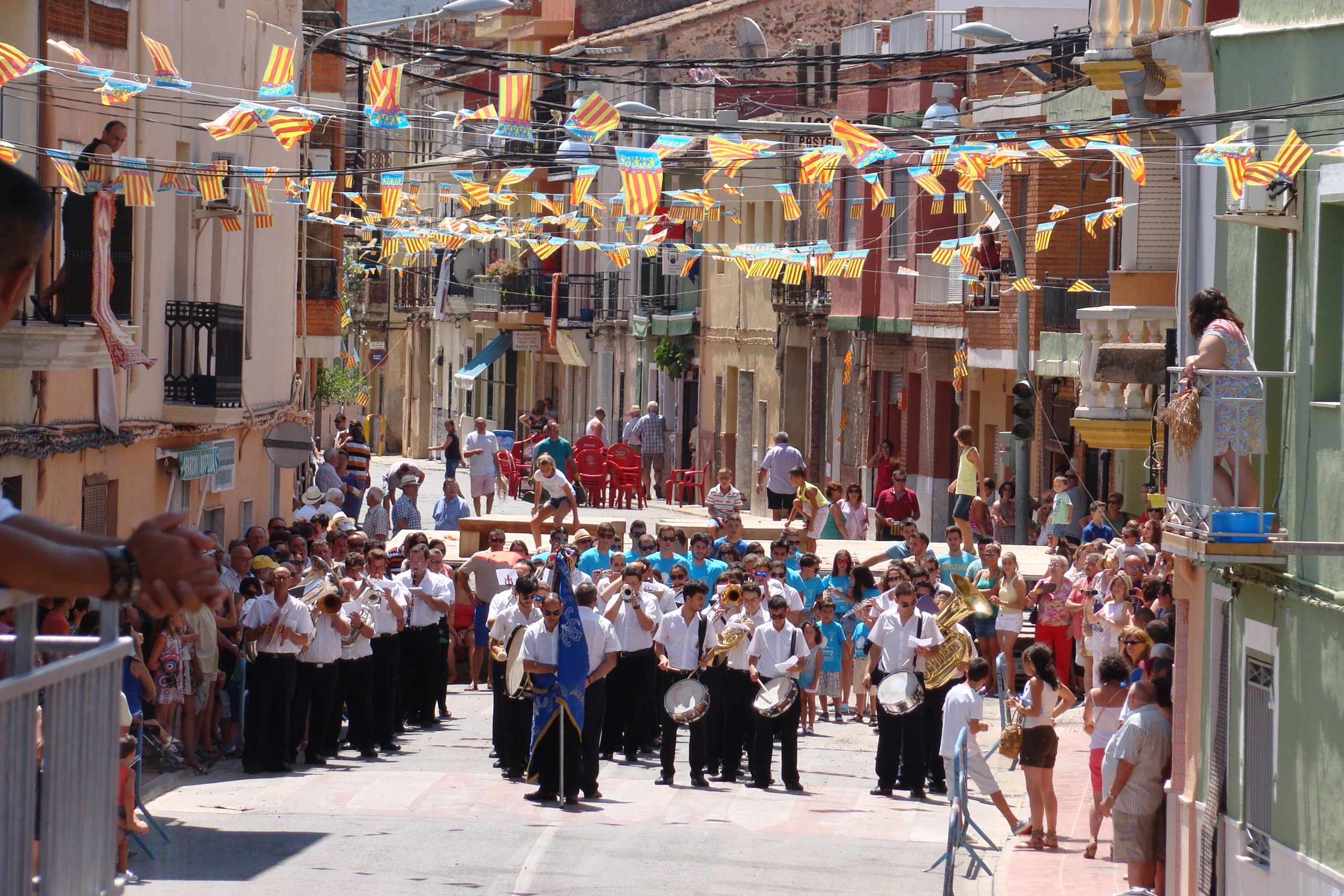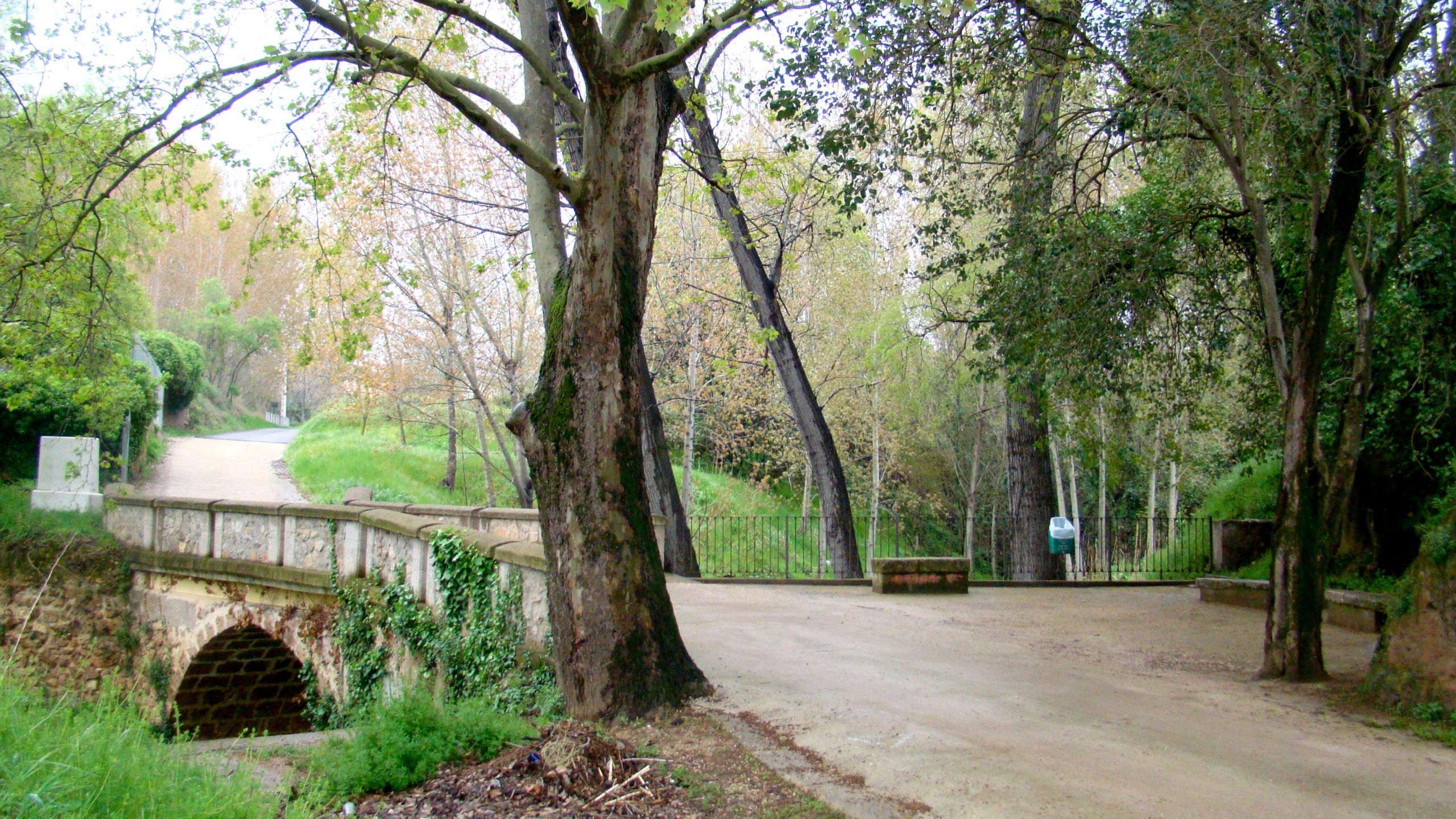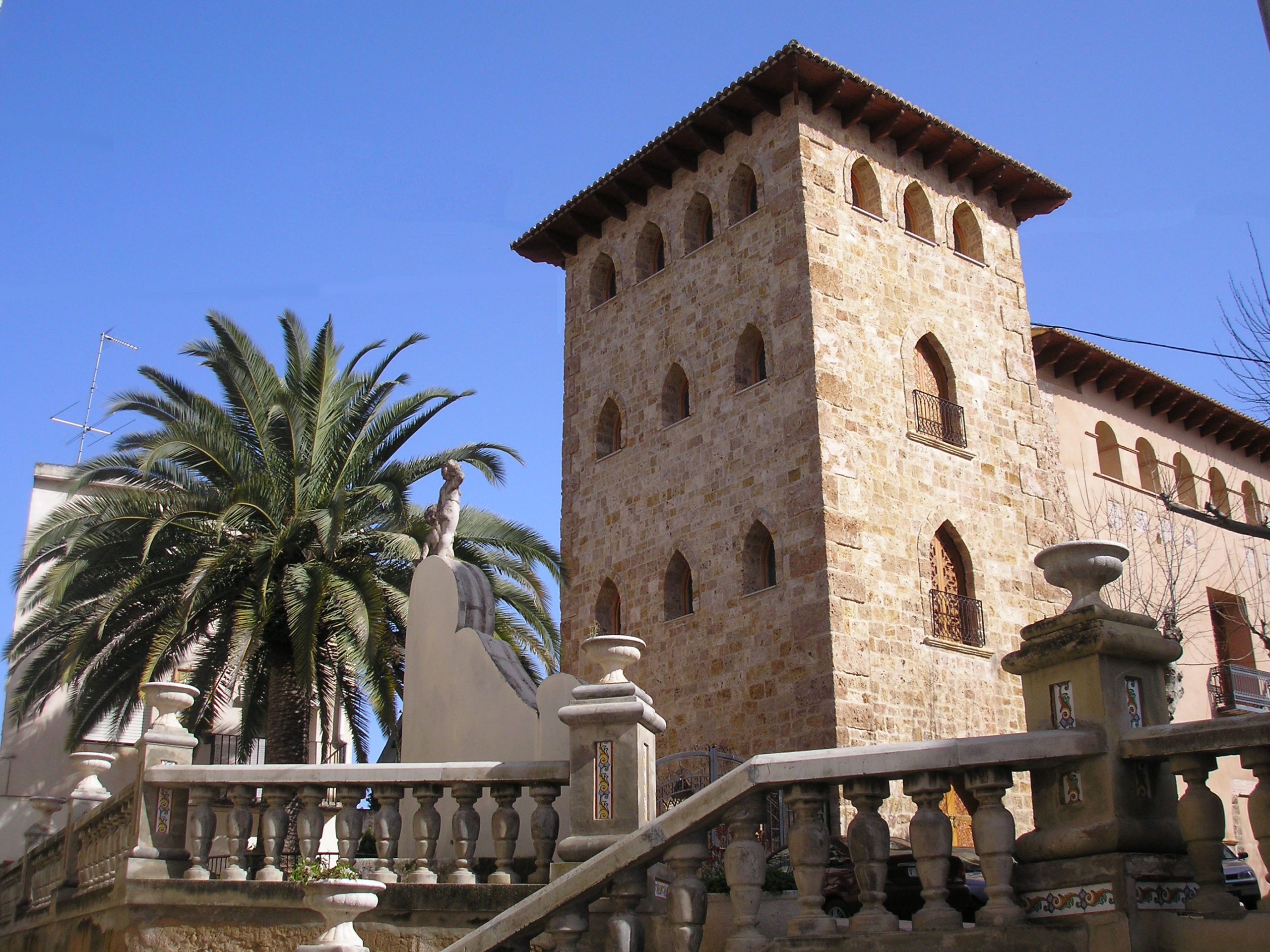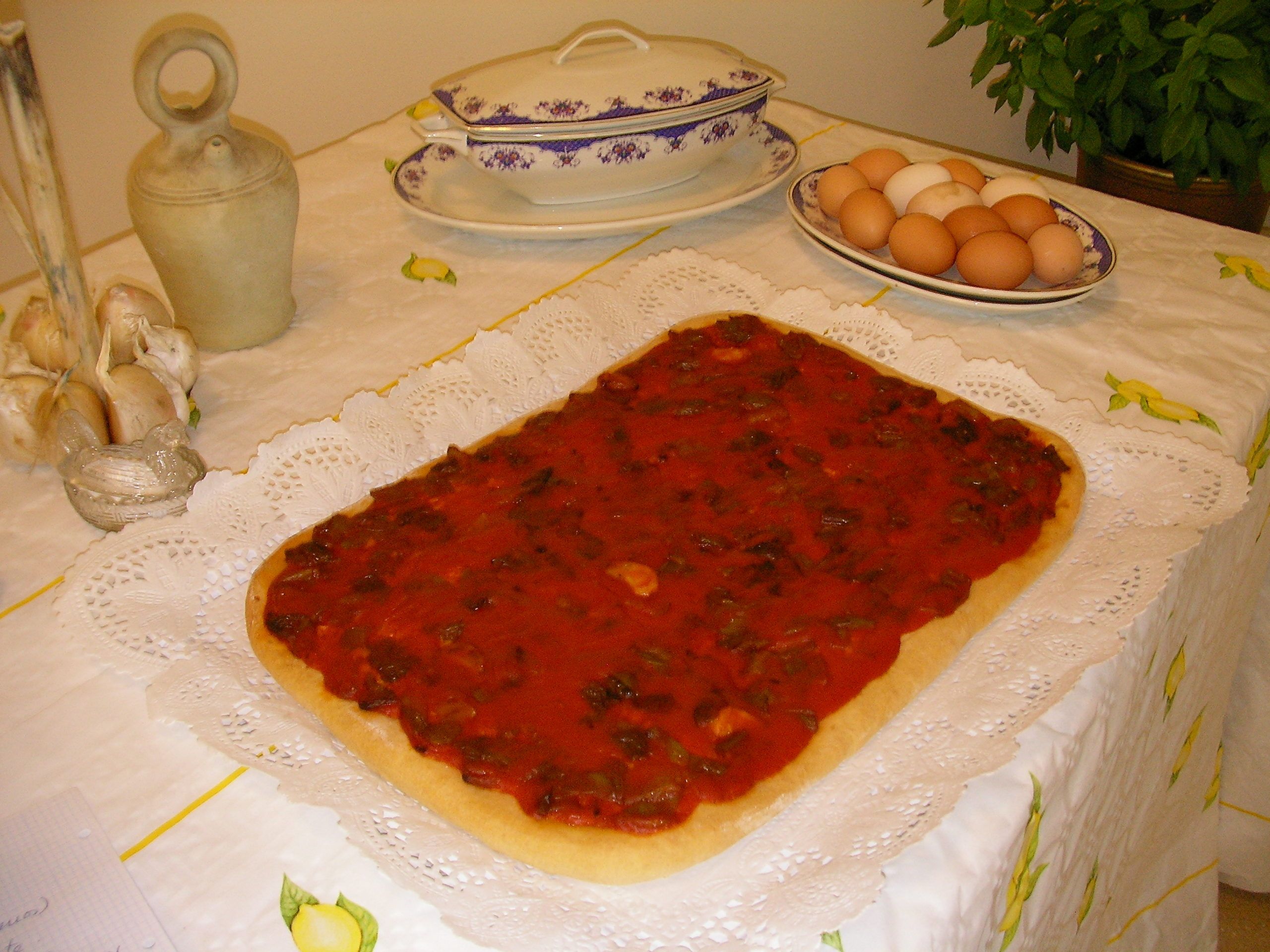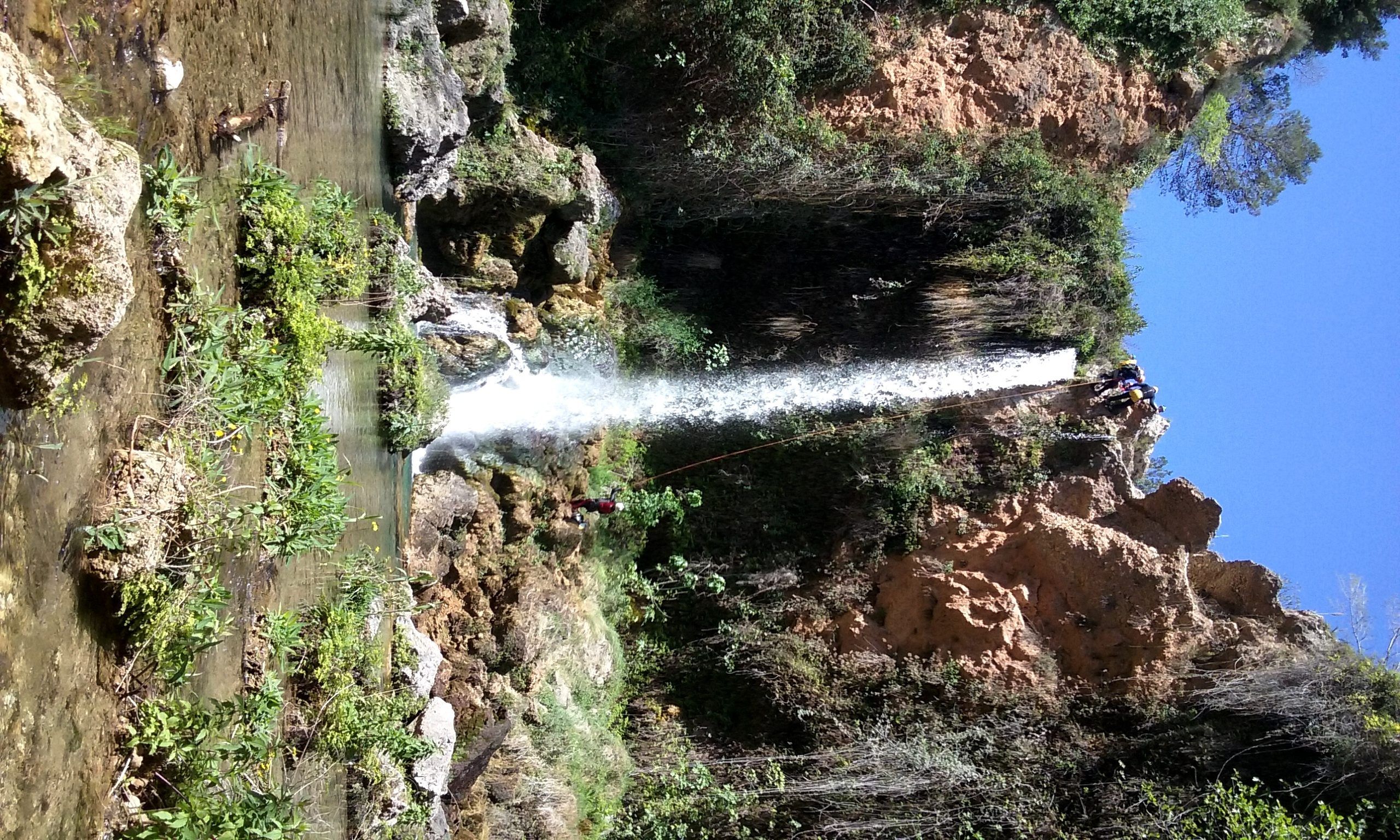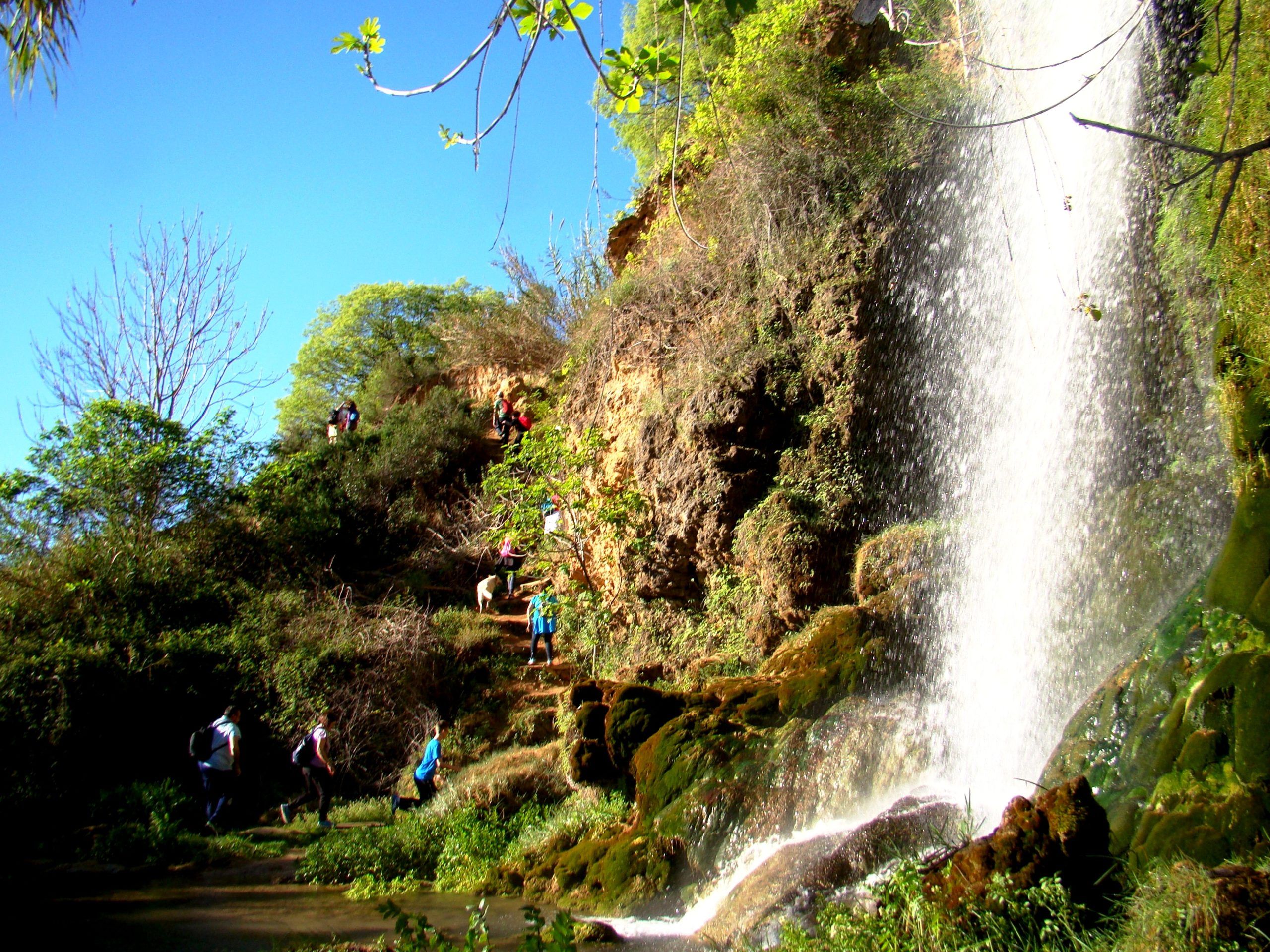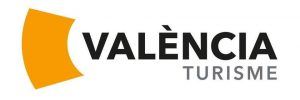Anna
The name of this municipality is Arabic in origin and means “water”. Visitors are able to appreciate how water has carved capricious forms into the landscape, especially in the area of l’Albufera d’Anna, which is surrounded by poplars and leafy trees which provide welcome shade in the summer. The crystal-clear waters of the pools, such as “la Escala”, “el Català” and “la Font Negra” create an idyllic landscape.
Gastronomy:
The town is located in an area that is famous for its variety of rice dishes and the typical complements and condiments with which they are prepared. The visitor must try the local oven-baked rice and brothy rice dishes, as well as the “chorizos” with garlic, charcoal-grilled meat, pepper and tomato “coques”, “coques” with bacon and salted “coques”. Local sweet dishes include sweet “coques”, which are made for the Carnival period, Easter cakes, “hogasas”, which are made with walnuts, almonds, peanuts and raisins, “turrón” made from almonds, peanuts and honey, and sweet potato cakes known as “cama ací-cama allà”.
Places of interest:
The town’s historic-artistic heritage includes the Palace of the Counts of Cervelló, which was built in the 17th-century over the ruins of Anna Castle. It is located in the centre of the town and has recently been declared of Cultural Interest.
It has undergone renovation with the aim of converting it into a Heritage Information Centre. It currently hosts the Town Ethnological Museum and the Water Museum, to be joined in the near future by an Archaeological Museum. Furthermore, the Christian halls are to host permanent exhibitions and visitors will be able to view Anna’s cultural heritage by means of the latest multimedia equipment. Through images, sounds and touchscreens, the spectator enters the history and the traditions of Anna.
The Ethnological Museum, which can be found in Palace’s former stables located behind the Muslim castle, is host to a selection of tools and artefacts once employed in the different trades carried out by the villagers’ ancestors. A room that transports us to distant times, when life was very different to that of today; a rustic space set among the ancient stone walls and vaults of the former castle.
The Archaeological Museum: in the near future, the third floor of La Torrassa will host a highly-interesting archaeological exhibit, including a local piece from the Almohad period bearing a Muslim inscription, and which was discovered during excavations carried out in the Cervelló Palace.
The Water Museum: the Arabic water cistern of the castle-palace houses information boards detailing Anna’s wealth of water and the different uses to which it has been subject throughout history. They provide an overview of the domestic and agricultural use of the water, and especially of the manner in which it was used in the past to drive flour mills and, as of the 16th-century, devices for the manufacture of textiles, cigarette and kraft paper and flocking, as well as for the generation of electricity. Reduced to ruins today, they form part of Anna’s industrial archaeological heritage.
Albufera d’Anna
L’Albufera lake is located 1 km from the centre of Anna. The multiple springs lying in its depths facilitated human settlement during the Mesolithic age, as demonstrated by the remains that have been found. The waters run towards the villages in a series of branches. One runs through the area of l’Assut before disappearing in the “Gaspar” pool; others appear in lavoirs and troughs, while the “Mare” irrigation canal passes along El Panta Avenue and L’Albereda Square before running into the river.
The area is equipped with a playground, a swimming pool located beside the lake and another, municipal, pool with lifeguards. The latter is open from the end of June until the first weekend in September. Seasonal and monthly passes can be obtained for the municipal pool. Daily admission is 2€ for adults and 1.5 € for under-16s.
The area is also equipped with toilets, 2 restaurants and 3 bars providing meals and soft drinks. Some 50 metres from the lake we find the municipal camping site, offering 90 plots and open all year round (check tariffs in the “Camping” option in the “Tourism” menu). Users of the site enjoy free access to the lake and the municipal swimming pool.
Between Easter and October 13th, boat trips are available at a price 5 € (cost of half-hour trip for four people).
Other monuments of interest include the Church of the Immaculate Lady, dating from the 17th-century, and the hermitage of Christ of Providence, located in upper area of the village known as Les Eres and dating from 1760. Ruins from a 3rd-century settlement have been discovered in the area known as La Moleta.
For further tourist information, consult: www.ajuntamentanna.es
Festivities:
On 17th and 18th January, the village celebrates Saint Anthony’s Day with traditional bonfires and “la tirà”, a procession which involves almost all the village and during which sweets and toys are distributed.
The festivities in honour of the village’s patron, Saint Anne, are held between 25th and 28th July, whilst the regional festivities “Las Fallas” are celebrated mid-March.
Saint Blaise culture week (3rd February). During the week, a pilgrimage is made to the Hermitage in honour of Saint Anne and a fair is held.
The “Eres” neighbourhood celebrates its festivities between 1st and 3rd August.
September is a festive month in Anna, with a diversity of celebrations held between 13th and 27th. The activities begin with the heavily-attended Moors and Christians festivities, which have two main acts: “L’Entrà Falsa”, during which the participants dress in ironic, comic costumes, and “L’Entrà”, which coincides with the patron’s festivities in honour of the Saintly Christ of Providence, which include a multitude of events. The month’s festivities are brought to a close the traditional week of bull-running.
